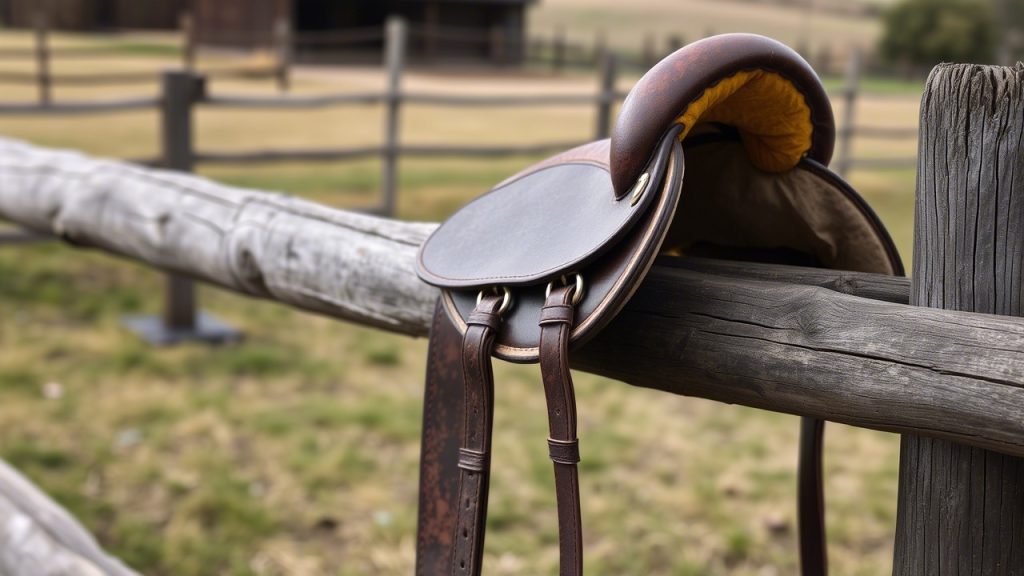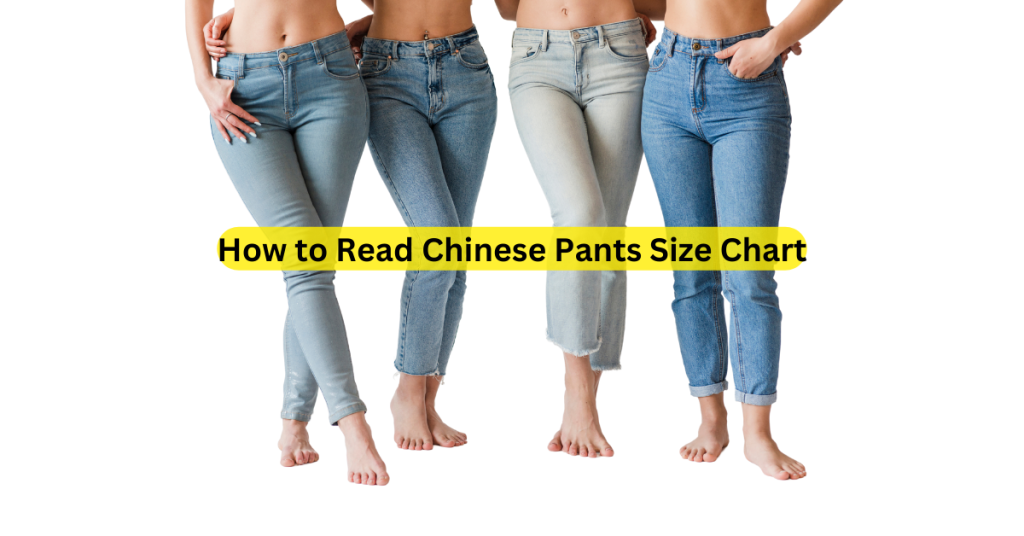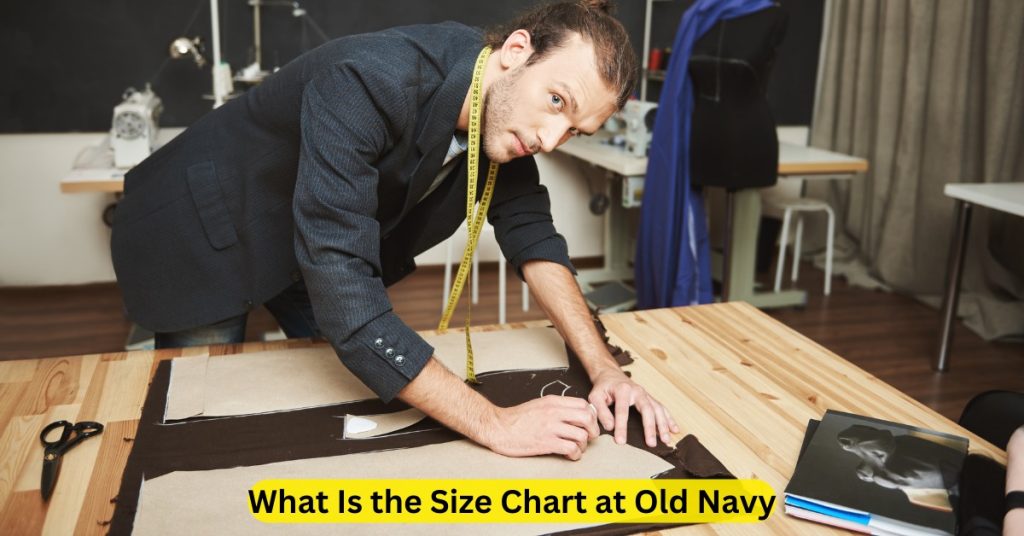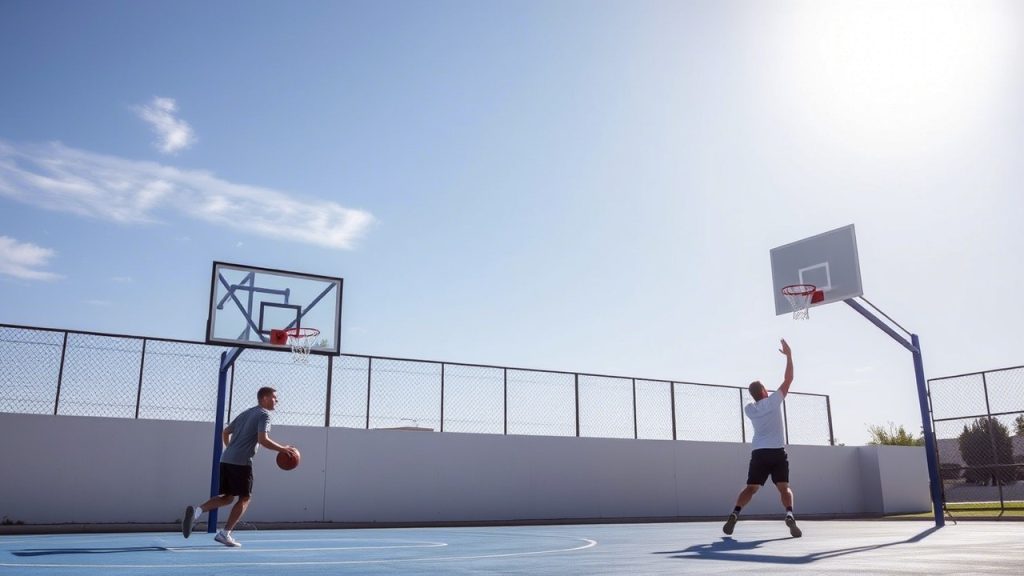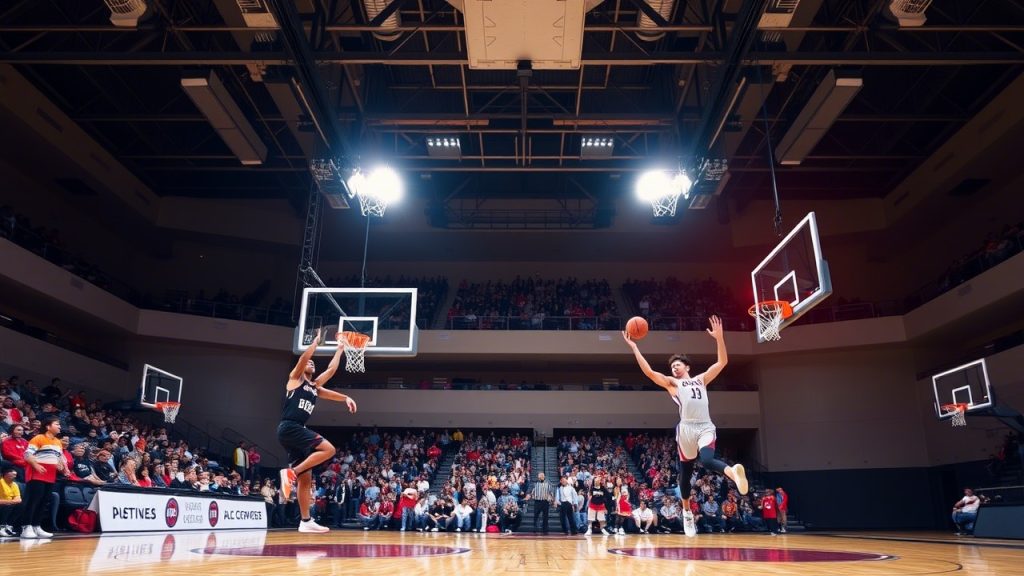Freedom of movement is essential for both horse and rider to perform at their best, whether navigating rugged trails, executing precise dressage movements, or soaring over jumps. A saddle that restricts the horse’s shoulders, back, or rider’s position can hinder performance, cause discomfort, or even lead to injury. The right saddle enhances a horse’s natural motion and allows the rider to move fluidly, creating a harmonious partnership. We explore the 11 best saddles for greater freedom of movement, tailored to various disciplines and horse conformations, ensuring you and your horse can move with ease and confidence.
This post covers top saddles designed for unrestricted motion, tips for choosing the perfect fit, and answers to 9 frequently asked questions. Whether you ride for pleasure, competition, or training, these saddles will help unlock your horse’s full range of motion while keeping you comfortable and secure.
Why Freedom of Movement Matters
A horse’s ability to move freely is critical for maintaining balance, power, and suppleness across disciplines. Restricted shoulder movement can shorten strides, disrupt gaits, or cause compensatory tension, while a saddle that confines the rider can limit effective communication through aids. Saddles that promote freedom of movement offer:
- Unrestricted Shoulder Motion: Allowing full scapula extension for powerful, fluid strides.
- Flexible Back Support: Enabling the horse’s spine to flex and engage without pinching.
- Rider Mobility: Providing a balanced seat that supports dynamic positions without constraint.
- Comfort and Health: Reducing pressure points to prevent soreness or long-term damage.
For disciplines like dressage, jumping, or trail riding, and for breeds with unique conformations like gaited horses, the saddle must align with the horse’s anatomy and the rider’s style. Drawing on expert saddle fitting principles and rider feedback, we’ve curated a list of saddles that excel in promoting freedom of movement.
How We Selected the Best Saddles
To identify the 11 best saddles for greater freedom of movement, we evaluated products based on:
- Horse-Focused Design: Wide gullets, short bars, or flexible trees to allow shoulder and back motion.
- Rider Flexibility: Balanced seats, forward-cut flaps, or minimal bulk to support dynamic riding positions.
- Conformation Compatibility: Options for high-withered, short-backed, or wide horses, including gaited breeds.
- Material and Durability: High-quality leather, synthetic, or treeless materials for long-term performance.
- Discipline Versatility: Saddles for dressage, jumping, trail, or gaited riding to suit varied needs.
- Expert and User Feedback: Insights from saddle fitters, trainers, and rider reviews, including sources like Phoenix Rising Saddles and OwnTheHorse from prior research.
Let’s explore the saddles that will help you and your horse move freely and perform at your peak.
The 11 Best Saddles for Greater Freedom of Movement
1. Circle Y Flex2 Omaha Trail Saddle
- Price: ~$1,950
- Best For: Trail riding, gaited horses
- Key Features: Flex2 tree, round skirt, wide gullet
The Circle Y Flex2 Omaha Trail Saddle features a Flex2 tree that flexes with the horse’s back, ideal for gaited breeds like Tennessee Walkers or Missouri Fox Trotters. Its round skirt fits short-backed horses, and the 6.75-inch gullet ensures shoulder clearance. OwnTheHorse reviewers praised its ability to support fluid four-beat gaits without pinching, while the padded seat and pre-twisted stirrups allow riders to shift positions easily on long trails. At ~26 lbs, it balances durability and freedom of movement.
2. Freeform Classic Treeless Saddle
- Price: ~$1,800
- Best For: Maximum horse mobility, trail
- Key Features: Treeless design, thin front pad, lightweight
The Freeform Classic Treeless Saddle, endorsed by gaited horse trainers like Ivy Schexnayder, eliminates rigid tree pressure, allowing unrestricted shoulder and back motion. Its thin front pad supports scapula extension, perfect for breeds like Paso Finos. At ~10 lbs, it minimizes weight on the horse’s back, enhancing stride length. Riders on Treelesssaddle.com reported improved gaits and rider flexibility, making it ideal for trail riders seeking dynamic movement.
3. Bates Innova Dressage Saddle
- Price: ~$2,200
- Best For: Dressage, advanced riders
- Key Features: Adjustable gullet, CAIR panels, deep seat
The Bates Innova Dressage Saddle combines a flexible tree with CAIR air panels to conform to the horse’s back, promoting suppleness during lateral work. Its adjustable gullet fits evolving conformations, and the wide channel ensures spinal clearance. The deep seat supports rider alignment without restricting leg aids, allowing fluid transitions. Dressage trainers note its ability to enhance horse engagement, making it a top choice for schooling piaffe or canter pirouettes.
4. Stubben Zaria Deluxe Jumping Saddle
- Price: ~$2,600
- Best For: Jumping, eventing
- Key Features: Forward-cut flaps, flexible tree, wool flocking
The Stubben Zaria Deluxe is designed for jumpers, with forward-cut flaps and a flexible tree that allow full shoulder extension over fences. Its wool-flocked panels distribute weight evenly, preventing restriction during gallops or turns. The medium-deep seat and thigh blocks support rider mobility in two-point or landing positions. Riders report enhanced freedom for both horse and rider, reducing resistance in fast-paced training.
5. Imus 4-Beat Elite Saddle
- Price: ~$1,700
- Best For: Gaited horses, trail
- Key Features: Flexible tree, short skirt, 14-day trial
The Imus 4-Beat Elite, from Phoenix Rising Saddles, is tailored for gaited horses with a flexible tree that supports dynamic back movement. Its short skirt and wide gullet fit short-backed breeds, ensuring shoulder freedom for smooth running walks or racks. Riders praise its ability to prevent pacing, with a 14-day trial to confirm fit. The padded seat allows riders to adjust positions comfortably, enhancing trail performance.
6. Thorowgood T8 Low Profile Dressage Saddle
- Price: ~$900
- Best For: Budget-conscious dressage
- Key Features: Adjustable gullet, short panels, synthetic material
The Thorowgood T8 Low Profile Dressage Saddle offers an adjustable gullet and short panels to fit wide or high-withered horses without restricting movement. Its low-profile design minimizes bulk, allowing riders to apply precise leg aids. The synthetic material is durable for daily use, and the medium-deep seat supports correct posture. Trainers value its affordability and horse-friendly fit, promoting fluid motion in schooling sessions.
7. Pessoa A/O Junior Jumping Saddle
- Price: ~$2,000
- Best For: Young riders, jumping
- Key Features: Forward-cut flaps, medium seat, XCH gullet
The Pessoa A/O Junior is ideal for young jumpers, with a medium seat and forward-cut flaps that support dynamic positions over fences. Its XCH interchangeable gullet system fits growing horses, ensuring shoulder clearance. The foam panels and flexible tree prevent restriction, allowing powerful strides. Riders note its balance, helping juniors stay secure while allowing horse mobility during training.
8. Tucker High Plains Trail Saddle
- Price: ~$1,600
- Best For: Western trail, endurance
- Key Features: Round skirt, flexible tree, padded seat
The Tucker High Plains Trail Saddle, a Western option, features a flexible tree and round skirt to fit stocky or gaited horses. Its wide gullet and short bars ensure shoulder freedom, while the padded seat and high cantle allow riders to shift positions on long rides. Trail riders report improved horse engagement on uneven terrain, making it a reliable choice for endurance training.
9. Wintec Pro Endurance Saddle
- Price: ~$1,100
- Best For: Endurance, long-distance training
- Key Features: Adjustable gullet, lightweight, CAIR panels
The Wintec Pro Endurance Saddle is designed for long rides, with a lightweight (~15 lbs) synthetic build and adjustable gullet to fit various horses. Its CAIR panels and wide channel support back flexibility, crucial for extended trotting or cantering. The balanced seat allows riders to adjust positions without restriction, enhancing comfort and horse mobility. Endurance riders praise its durability and freedom-focused design.
10. Albion SLK Ultima Dressage Saddle
- Price: ~$3,200
- Best For: Advanced dressage, high-withered horses
- Key Features: Adjustable tree, low-profile panels, deep seat
The Albion SLK Ultima features a low-profile design and adjustable tree to fit high-withered horses without impeding shoulder motion. Its deep seat and subtle knee rolls promote rider alignment, allowing fluid leg aids for complex movements. The wool-flocked panels ensure even weight distribution, supporting suppleness. Dressage riders value its ability to enhance horse engagement, ideal for competitive training.
11. Steele Frontier Trail Saddle
- Price: ~$2,300
- Best For: Competitive trail, gaited horses
- Key Features: Customizable tree, round skirt, poleys
The Steele Frontier Trail Saddle, praised by Steelesaddle.com users, offers a customizable tree and round skirt to fit gaited or stocky horses. Its wide gullet and short bars allow full shoulder extension, enhancing four-beat gaits. The poleys add rider security on rough terrain, while the flexible design supports horse mobility. Competitive trail riders report improved performance, making it a top pick for dynamic movement.
How to Choose the Right Saddle for Freedom of Movement
Selecting a saddle that maximizes freedom of movement requires careful consideration of your horse’s conformation, your riding style, and your discipline. Here are key factors to consider:
- Shoulder Clearance: Ensure the saddle sits behind the scapula, allowing full shoulder extension. Test by lifting the horse’s front leg to mimic motion, checking for no interference (e.g., Freeform Classic).
- Gullet and Channel Width: A gullet of 6.5–7 inches and a wide spinal channel (e.g., Bates Innova) prevent pressure on the spine and withers, supporting back flexibility.
- Tree Flexibility: Flexible trees (e.g., Circle Y Flex2) or treeless designs (e.g., Freeform) adapt to the horse’s dynamic movement, ideal for gaited or active horses.
- Skirt Length: Short or round skirts (e.g., Tucker High Plains) suit short-backed horses, avoiding weight distribution issues that restrict motion.
- Rider Balance: Choose a balanced seat with minimal bulk (e.g., Stubben Zaria) to allow fluid transitions between sitting, posting, or two-point positions.
- Discipline Fit: Select saddles designed for your discipline—dressage (e.g., Albion SLK), jumping (e.g., Pessoa A/O), or trail (e.g., Wintec Pro Endurance)—to match movement needs.
- Professional Fitting: Work with a saddle fitter to measure your horse’s back and ensure even weight distribution, checking fit every 6–12 months.
- Trial Periods: Use trial programs from brands like Imus or Steele to test the saddle’s impact on your horse’s movement before committing.
Tips for Maximizing Freedom of Movement
- Position the Saddle Correctly: Place the saddle a hand or two behind the withers, aligning the deepest part of the seat with the horse’s center of gravity to avoid shoulder restriction.
- Use Minimal Padding: Opt for thin, breathable pads with treed saddles or custom pads with treeless designs (e.g., Freeform’s thin-front pad) to maintain close contact.
- Incorporate Warm-Ups: Use stretching exercises, like carrot stretches or leg yields, to warm up the horse’s shoulders and back, enhancing suppleness before riding.
- Maintain Rider Flexibility: Practice a relaxed, balanced seat with open hips to avoid gripping, which can restrict the horse’s movement (e.g., Bates Innova’s deep seat).
- Check Tack Fit: Ensure bridles, bits, and girths are properly fitted to avoid tension that could hinder fluid motion.
- Monitor Gait Quality: Observe your horse’s strides post-ride to confirm the saddle supports natural movement, adjusting fit if strides appear shortened.
- Clean and Inspect Regularly: Maintain leather saddles with conditioner and check for worn stitching or billets to prevent equipment issues that could affect movement.
Common Myths About Saddles for Freedom of Movement
- Myth: Treeless saddles are always best for movement.
Truth: Treeless saddles (e.g., Freeform) excel for some horses but require proper padding. Well-fitted treed saddles (e.g., Circle Y Flex2) can be equally effective. - Myth: A wider saddle restricts less movement.
Truth: Fit matters more than width. A saddle that’s too wide can slide, causing instability, while a properly fitted saddle (e.g., Thorowgood T8) supports motion. - Myth: Expensive saddles guarantee better movement.
Truth: Budget-friendly options like the Wintec Pro Endurance can promote freedom if fitted correctly, emphasizing fit over cost.
Frequently Asked Questions
1. How does a saddle affect a horse’s freedom of movement?
A saddle that pinches the shoulders or restricts the back can shorten strides or cause tension. Saddles with wide gullets and flexible trees (e.g., Imus 4-Beat) allow full shoulder and back motion, enhancing fluidity.
2. What’s the best saddle for gaited horses needing movement?
Saddles like the Circle Y Flex2 Omaha or Freeform Classic, with flexible trees or treeless designs, support the dynamic back motion needed for four-beat gaits like the running walk.
3. How do I know if my saddle restricts
To check if a saddle is restricting your horse’s movement, place it on their back and lift their front leg to mimic stride motion. Ensure the saddle sits behind the scapula and doesn’t pinch. A professional fitter can assess fit for optimal movement.
4. Are treeless saddles better for freedom of movement?
Treeless saddles (e.g., Freeform Classic) can enhance shoulder and back motion but require proper padding to avoid pressure points. Flexible treed saddles (e.g., Circle Y Flex2) can also provide excellent freedom if fitted correctly.
5. What gullet size supports freedom of movement?
A gullet of 6.5–7 inches (e.g., Tucker High Plains) ensures clearance for the withers and spine, allowing shoulder extension and back flexibility. Measure your horse’s conformation for precision.
6. Can a saddle improve rider mobility?
Yes, saddles with balanced seats and minimal bulk (e.g., Stubben Zaria) allow riders to shift between sitting, posting, or two-point positions fluidly, enhancing communication and horse movement.
7. How often should I check saddle fit for movement?
Check fit every 6–12 months, as muscle development can alter fit. A fitter can adjust flocking or shims to maintain shoulder and back freedom.
8. What’s the best saddle for jumping with free movement?
Saddles like the Stubben Zaria Deluxe or Pessoa A/O Junior, with forward-cut flaps and flexible trees, support shoulder extension and rider mobility over fences.
9. Can rider position affect horse movement?
Yes, a tense or unbalanced rider can restrict horse motion. Saddles with balanced seats (e.g., Bates Innova) help riders stay relaxed and open, promoting fluid movement.
Conclusion
The right saddle can transform your horse’s performance by allowing greater freedom of movement, enhancing strides, suppleness, and rider communication. From the versatile Circle Y Flex2 Omaha to the premium Albion SLK Ultima, these 11 best saddles for greater freedom of movement cater to diverse disciplines, horse conformations, and budgets. Prioritize wide gullets, flexible trees, and professional fitting to ensure both you and your horse can move with ease.
Work with a saddle fitter, test saddles through trials, and pair your saddle with proper warm-ups and rider balance to maximize performance. Ready to unlock your horse’s full potential? Visit a local tack shop or explore online retailers to find the perfect saddle for fluid, unrestricted movement.
Happy riding!

